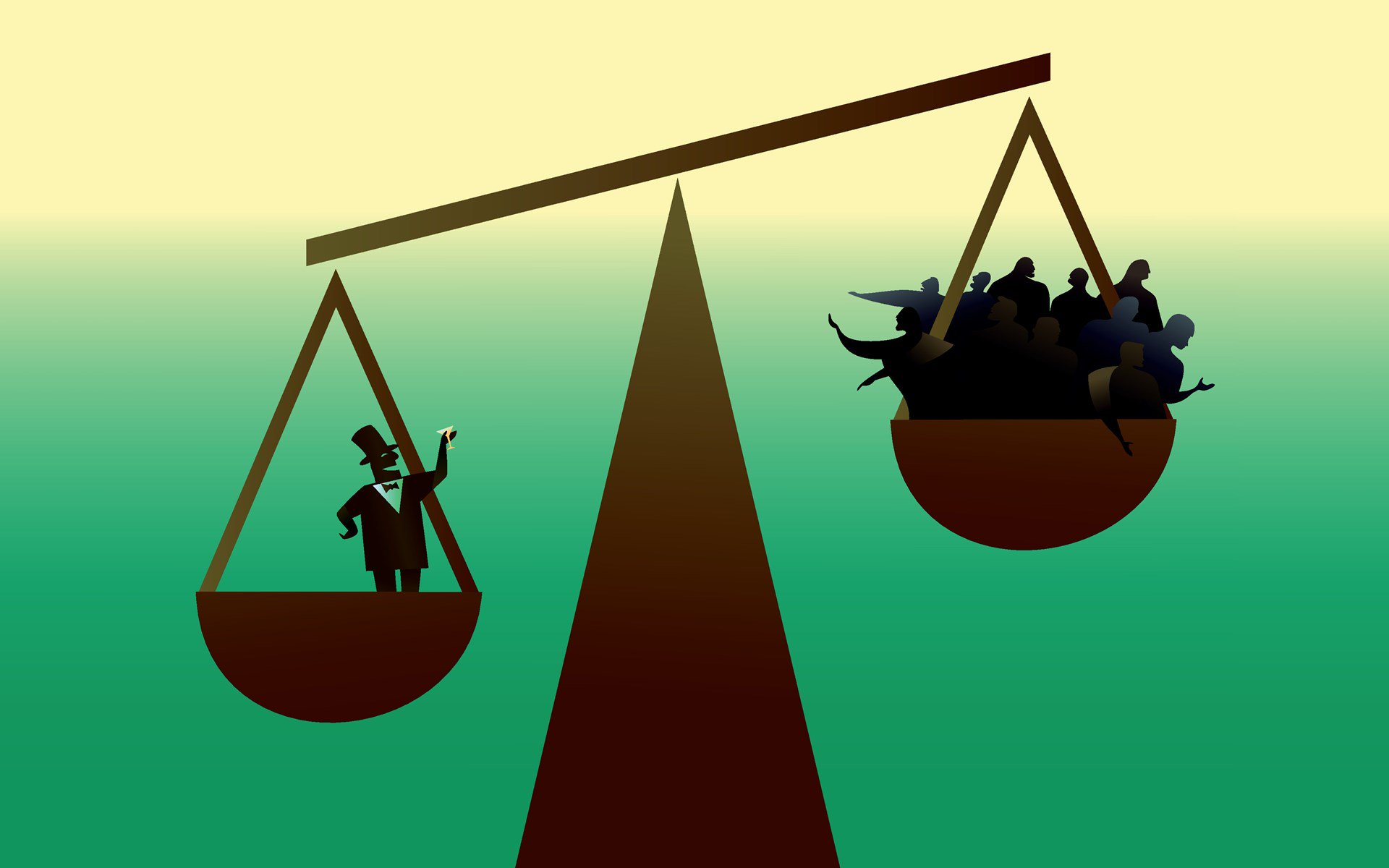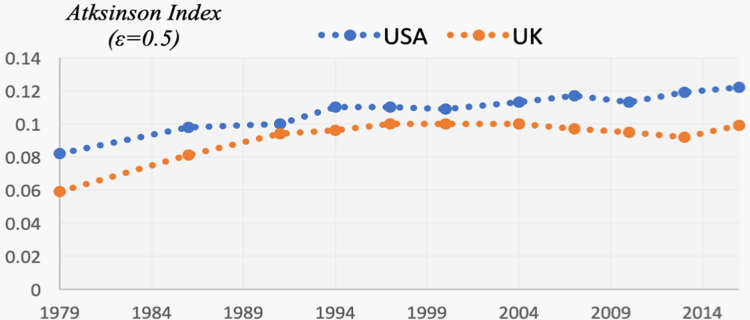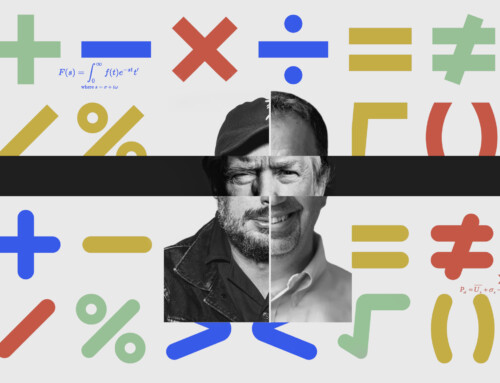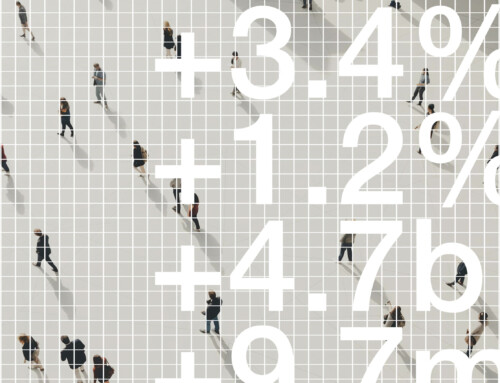Andreas Kakolyris
April 01, 2019
Two years after the death of Sir Anthony Barnes “Tony” Atkinson, characterized as the father of modern inequality research by Paul Krugman, the question of measuring inequality remains more crucial than ever.
The need for improved economic indicators was echoed recently in a David Leonhardt article about the U.S. economic recovery 10 years after the collapse of Lehman Brothers. He claimed that, while accurate, our most prominent economic measures of the recovery, such as the Gross Domestic Product (G.D.P.), the unemployment rate and the Dow Jones Industrial Average are problematic in that due to the inequality in the distribution of income they mislead the public conversation about people’s lives and economy. Leonhardt does not discuss the need for new and improved indices of inequality. When he describes the increase in inequality, instead of reporting the rising Gini coefficient, the most commonly used measure, he points to a gloomier reality by using graphs, such as the one below, that show the large and growing share of economic income that has been going to an elite class of “very rich” people.

Source: New York Times
So, does the Gini coefficient fail to describe the increase in inequality? Definitely not, but maybe it’s time for new measures that “do a better job of capturing the reality” of growing well-being inequality, especially, after the global financial crisis.
Source: World Bank
These new measurements would also inform the public conversation about economic reality and about how policies could improve peoples’ lives. They could also give insight into the rise of populism in the political life of the Western World and especially across Europe. For example, Britain currently realizes that there may be no good terms for Brexit while Labor leader Jeremy Corbyn blames Prime Minister Teresa May for the rising poverty and inequality amid the Brexit chaos. A recently published study shows that individuals from the bottom of well-being distribution in Britain were more willing to vote for Brexit. Will the Britains who voted for leaving the union find themselves worse off in a near future well-being distribution? This question will not be easily answered. Another question is whether and how Brexit will affect inequality in Britain, especially given the fact that the U.K. Gini coefficient has actually been decreasing modestly over the past 15 years.
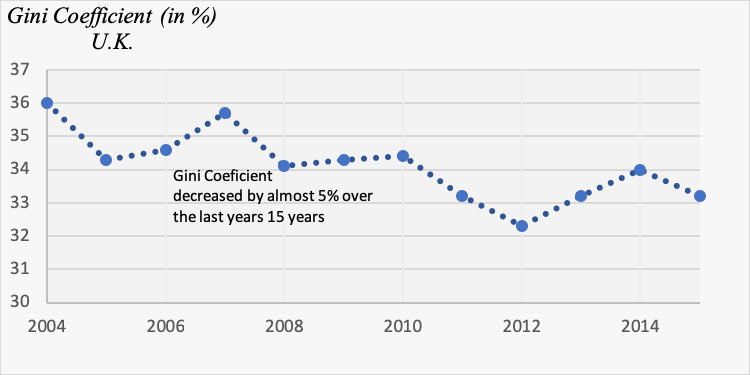
Source: World Bank
In the early 1970s, the British economist Tony Atkinson proposed an alternative index that helps to make comparisons of income inequality among countries or across different time periods when the Gini coefficient is inconclusive. His idea could be easily described in a risk-taking framework, despite the fact that Atkinson has presented it in a different way. Suppose that it is equally likely for someone to be born in any of the almost 127 million U.S. households. Hence, a child could be born to a wealthy family on the Upper East Side of New York City or to a family in Centreville, Illinois, where 35% of the population is below the poverty line. Indeed, that would be really risky and probably the unborn child would be unhappy facing its first lottery. Atkinson suggested the new measure of inequality using a hypothetical country where all the households have the same income. What would be the minimum income at which the soul would be willing to call off the risky lottery and choose to be born in this hypothetical land without inequality? Probably the minimum accepted equally distributed income would be much lower than $90,000, almost the level of the U.S. mean household income today.
Atkinson’s index shows the share of the mean household income that should be omitted in order to find the minimum accepted income. As the graph indicates, people in the USA and the UK are increasingly willing to accept a smaller and smaller proportion of the current mean household income in order to avoid the observed degree of inequality.
Source: LIS Data Center
In a very interesting paper which accommodates the analysis of globalization’s effects on income distribution, Branko Milanovic and Christoph Lakner study global inequality by using data from almost 600 household surveys from approximately 120 countries. Although between 1988 and 2008, the global Gini and Atkinson index fell by 2.3% and 5.7% respectively, their levels are still very high (Gini: 70.5% and Atkinson (0.5): 41%).
Both the Atkinson index and the Gini coefficient measure income inequality while ignoring other dimensions of well-being, such as health status or education and social reality such as the level of equal opportunities. Maybe the societies in the Western world would not be reluctant to accept a high degree of income inequality if the upward social mobility for hard-working people was not as difficult as observed in recent studies by Miles Corak. His graph below uses a measure of the link between the earnings of fathers and sons to measure social mobility. The relatively high measures for the United States and the United Kingdom indicates that social mobility is more problematic than in Australia, Canada, and Scandinavian countries.
Source: M. Corak, 2016
Note: The horizontal distance displays the intergenerational earnings elasticity between fathers and sons (i.e., the percentage difference between the adult earnings of a son for a one-percentage-point difference in the father’s earnings. The higher the value, the tighter the link between parent and child earnings, and the lower the degree of intergenerational mobility.
Atkinson was one of the first who realized that inequality should be measured beyond G.D.P., and his papers in the early 1980s, along with other scholars, are considered as the beginning of multidimensional inequality literature. Quite remarkably, the literature was in its infancy for more than two decades but in recent years there has been a rising interest from academics and policy-makers (e.g., Stiglitz, et. al.) Hopefully, in the future, this growing literature on multidimensional measures of poverty and inequality will provide policy-makers with better tools to address these critical problems.

